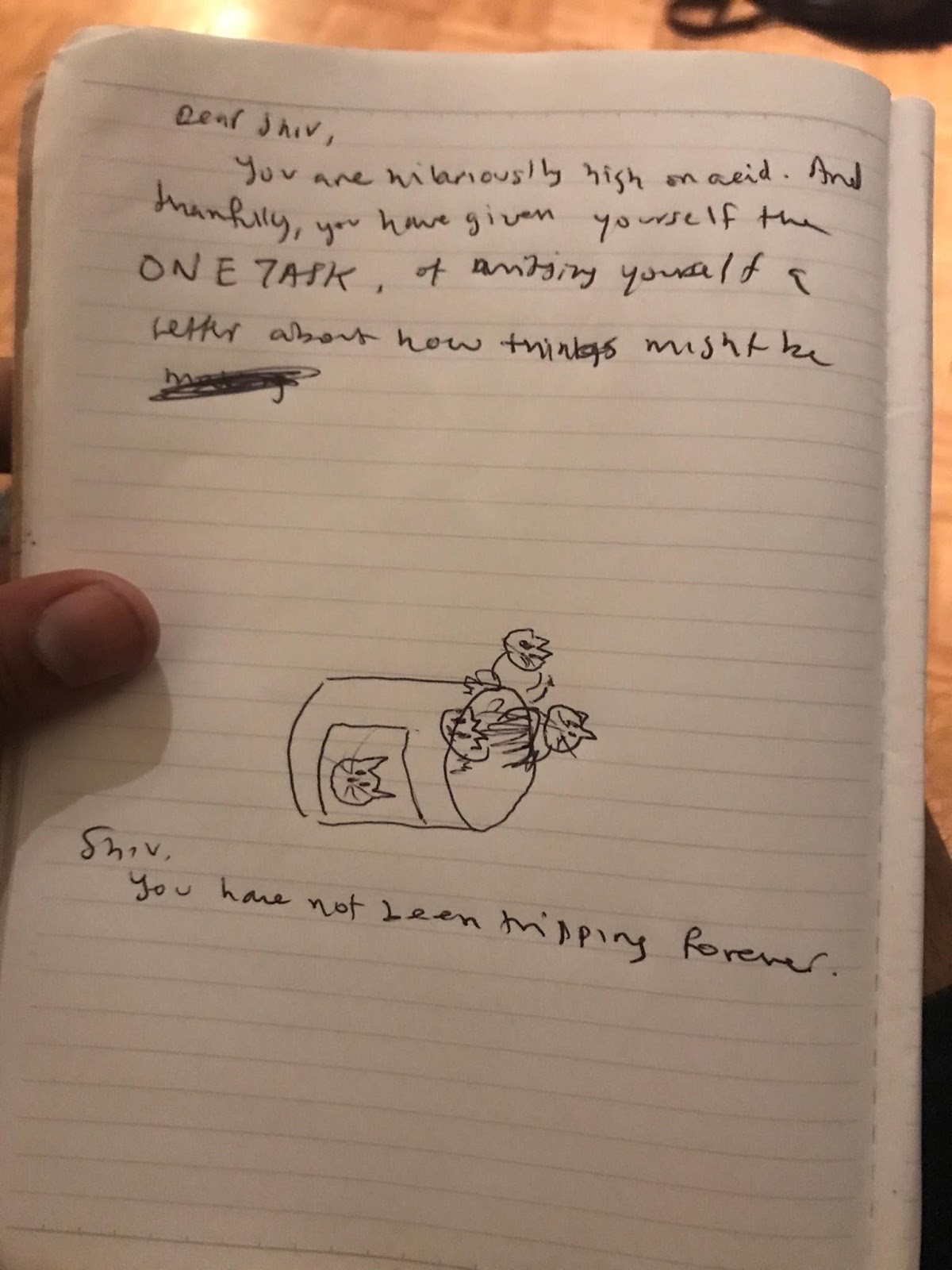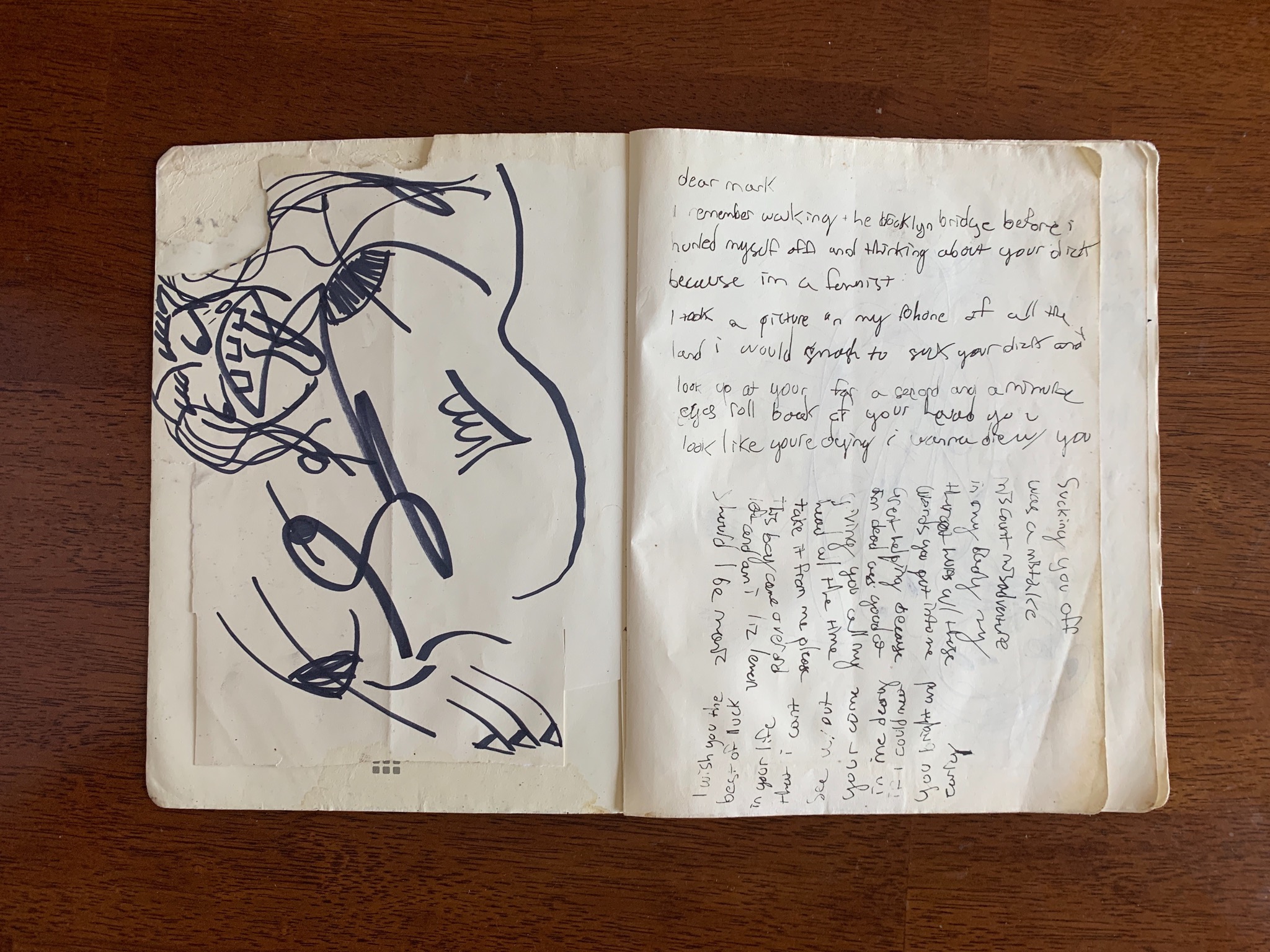Elizabeth Schambelan
New York, August 2019V.-
Everybody else seems to have stopped thinking about you, but I haven’t. It’s not that I’m obsessed with you or anything, it’s that I’m constantly reminded of you. From my office I can see a new skyscraper that has reared up near the waterfront just south of Hudson Yards, and I know the developers must be touting it as “HudYar-adjacent” or “trophy-proximate” or “a full-amenities frontier outpost of the New West Chelsea”—never mind that the New West Chelsea would more accurately be called the New Hell’s Kitchen, a name that, though decidedly off-brand, is also very apropos, particularly in abbreviated form. Every time I glance out my window and see the modishly misshapen new spire, my mind’s eye ricochets uptown, to you, the fulcrum of it all, the navel of New Hell.
One of the things I think about is the way you override thought. You elicit such a visceral initial response. When a person first sets eyes on you, their optic nerve sends an urgent signal straight to the amygdala, bypassing all cognitive processes. The signal makes itself felt not as a thought but as a feeling, which may be expressed by the primordial phoneme UGH. Like the fight-or-flight response, the disgust response is fundamental to our survival and is controlled by the primitive-mammal part of our brains. Usually, public sculpture does not strike our primitive-mammal brains as an imminent threat to our existence. But you do. Thomas Heatherwick presumably has an amygdala, as do all the many individuals who must have said, at various points between conception and construction: Yes! This is a good idea! How is it possible that you were built? And what exactly are you?
People attempting to describe you usually mention aliens, insects, or both. Insects are basically terrestrial aliens anyway, at least within the symbolic economy of science fiction, where benevolent visitors from outer space tend to be anthropomorphic, and evil ones often resemble bipedal arthropods. In your case we seem to be dealing with only part of a gigantic alien insect, although it’s not at all clear which part, or what stage of the life cycle. You look like an armored torso, a carapace or cuirass, but there’s also kind of an Oz-the-Great-and-Terrible thing going on, intimations of a disembodied head. You could also be a colossal pupa. Meanwhile, the suggestion of a hive is somehow superimposed on all of these possibilities. Your very indeterminacy—sculpture? building? torso? pupa? hive?—provokes anxiety, contributing to the overall effect of grotesque, looming menace.
And yet—and yet—you are so thoroughly dwarfed by the starchitectural behemoths all around you as to seem absurdly tiny by comparison. You are both way too big AND way too small. This amazing double failure of scale is one of the things about you that I simply cannot get over.
In fairness, I should acknowledge that you become less disgusting at close range. Your interior is not gross. It’s just very postmodern, which is an otiose thing for contemporary architecture to be. Postmodernism, per Fredric Jameson, is the cultural logic of late capitalism. We are so far beyond that now. Late capitalism was still at least somewhat constrained by its own hypocrisies (as expressed in the rhetoric of “conservatism”). But late-late-late capitalism seems to have shed virtually all inhibition. Short of sticking a colossal banner reading FUCK YOU, POORS at the pinnacle of 30 Hudson Yards, it’s hard to imagine how the development could more clearly telegraph the cultural logic of our era. Yet here you are, offering your textbook rendition of hyperspace, a quintessentially po-mo architectural effect that today inspires nostalgia for the era of Max Headroom and asymmetrical earrings. Your hyperspace is kitsch. Its Escher-ish disorientations are no match for current reality, which has outstripped the capacities of any sort of spatial modeling. To grasp this, we need look no further than your very own Vessel Ambassadors. Diagramming the interdimensional insanities of an epoch in which that job title can exist is going to require something like string theory.
Terrifying yet laughable, decadent yet boring, semiotically incoherent yet way too on-the-nose, and heinous—I mean, aesthetically, just heinous… I suppose you are a wonder of the world, a sublime monument to badness. Whatever is wrong with you is wrong not just aesthetically but absolutely, existentially, ontologically. In one of the essays in Men in Dark Times, Hannah Arendt proposes “moral taste” as the faculty that permitted Rosa Luxemburg and her friends and comrades to find one another and to act collectively, as beacons. You’re sort of the opposite of Rosa Luxemburg, a cyclonic consolidation of the dark energy of dark times. The intersecting lines of your reticulated structure represent all the crossroads, all the significant junctures in the design process, and in the development process, and in history—all the diseased decision trees that brought us to this moment. I should congratulate you, because this moment is your moment, the moment of an object that is called the Vessel but is full of holes.
xo
E.

